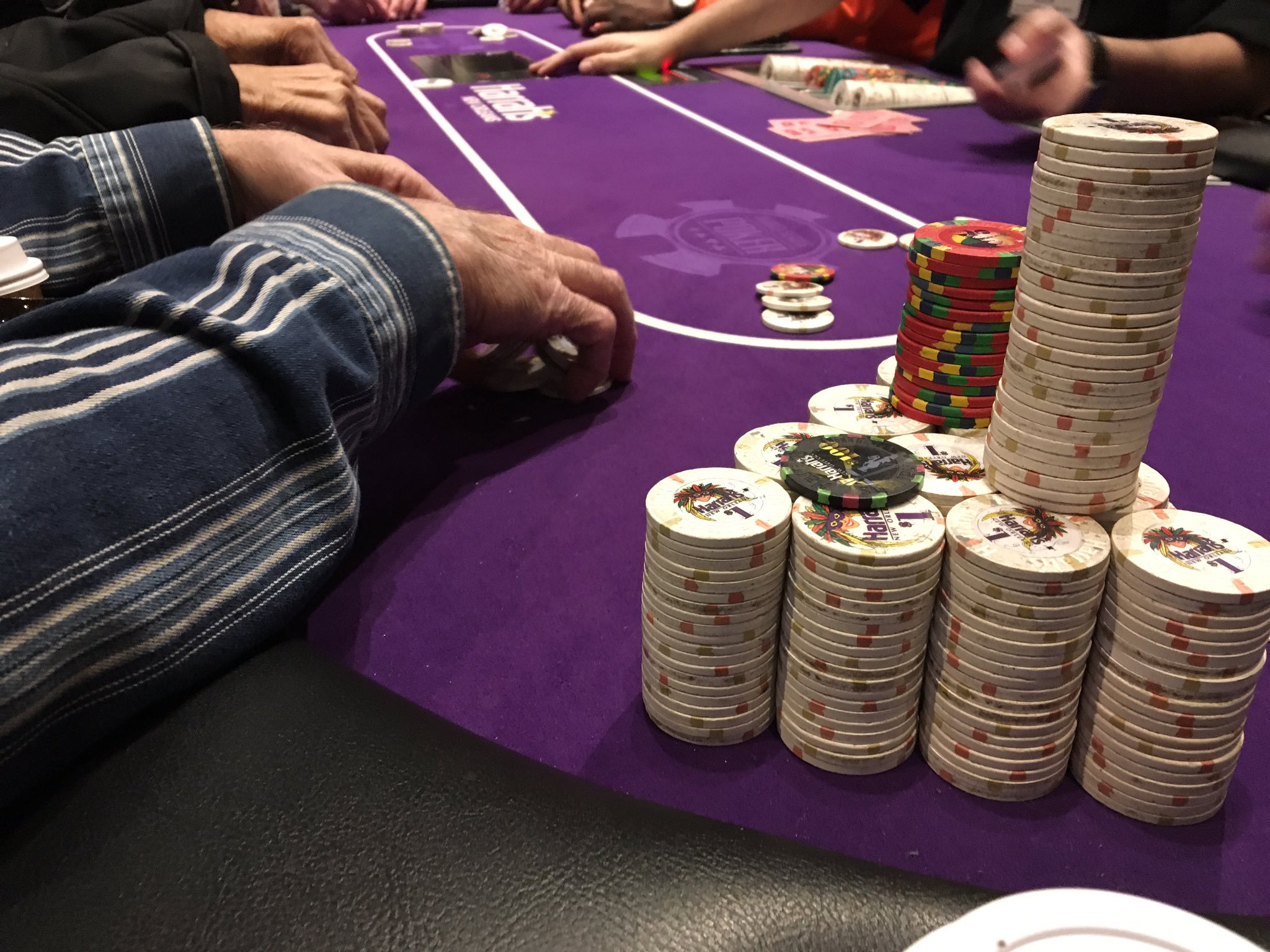Podcast: Play in new window | Download
Ben Saxton teaches literature and writing classes at Tulane Medical School and Bard Early College. He’s also a poker writer whose interviews for Two Plus Two Magazine have a lot in common with those you’d hear on the Thinking Poker Podcast! He and Andrew talk about documenting the unique culture of poker rooms, reading American literature, and playing trips with a mediocre kicker.
Follow Ben on Twitter to keep up with his latest projects!
Timestamps
0:30 – Hello & Welcome with Ben Saxton
54:32 -Strategy
Links
Tournament Poker Edge
Poker Faces
Biggest Game in Town
The Big Deal
The Professor, the Banker, and the Suicide King
As I Lay Dying
The Sound and the Fury
The Heart is a Lonely Hunter
The Ballad of the Sad Cafe
Strategy
I am in the cutoff. Main villain open limps UTG +1, two more limpers. I have A10 offsuit and raise to £15. Folds around to the villain, he calls, and the other limpers fold. Heads up to the flop with £37 in the middle.
Flop is Ah, Ac, 6h. (I do not hold a heart.) Villain checks and I check behind.
Turn is the Qh. Villain bets out £17, about half pot, very quickly. I call.
River is an offsuit 4. He checks. Hero?


Enjoying the podcast discussion of peak TV right now. Think you might like the philosophy jokes on the Good Place, the first 2 seasons of which is on Netflix.
I’ve heard good things, thanks!
One question from me on this week’s strategy hand… With (insert British Pound sign here) 37 in the pot on the flop and checked to hero, I believe both Andrew and Ben advocated for a smallish c-bet, something around 12 or 15. Perhaps a leak in my game, but in these 1/2 games, this seems too low to me, especially on a board with 2 of a suit. The most obvious draws are flush draws, and with players that play a lot of suited hands, I think you have to charge them the wrong price to call. So if you bet 12, that puts 48 in the pot, and villain only needs to call 12, so if they are on a flush draw they’re getting 4-1 on a draw that’s got about 3.3-1 of hitting (if going all the way to the river).
Right or wrong, I tend to shade my c-bets to more like ~60% of pot. Especially holding an ace here on this board, I believe a better play would be to c-bet more like 22. Now the pot has 59 in it, 22 to call, so villain is getting ~2.7-1 to call. Obviously you can’t know what villain actually has, but on a board like this, isn’t more better because you are both charging them the wrong price to draw AND you have a lot of value targets you could get to call you that you beat like A-9, A-8, etc?
Maybe with just one caller pre-flop, smaller works, but I’m curious now if this is leak in my game that my standard c-bet in these types of games is 50-66% of pot? (note: When I c-bet, I tend to use the same sizing with my entire range; so on made hands, semi-bluffs and pure “c-bet bluffs”)
If you knew for certain that your opponent had a flush draw, then you’d just want to bet as much as you’d expect him to call with it (or an amount that would make him indifferent to calling, if you don’t know how to predict what he would call). His actual odds of winning the hand are lower than you think. Remember that you have outs to a full house and that calling the flop doesn’t guarantee that he will see the river.
In this case, though, we don’t know that V has a flush draw, so we have to optimize for more than just that possibility. We want to get called by weaker hands, we want to avoid losing too much if we are beat, and we want to create deception by betting an amount that is consistent with how we could/would play other types of hands besides trips. I want to bet hands like TT in this spot, and I don’t want to bet 2/3 pot with them.